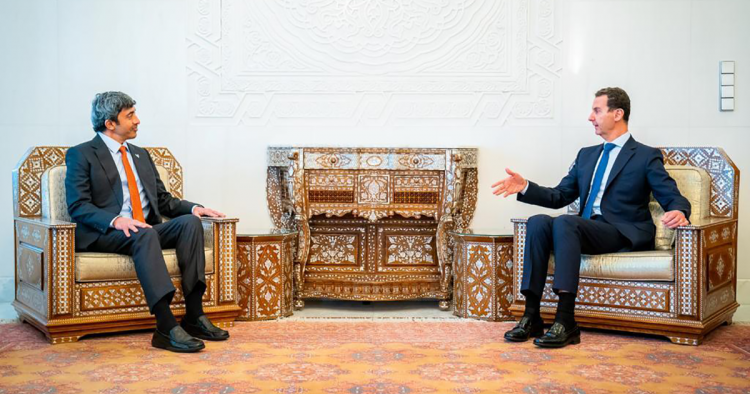Three months ago, Saudi Arabia kick-started a concerted regional effort to reengage and normalize Syria’s regime within the Middle East and, Riyadh hoped, farther afield. On April 18, Saudi Foreign Minister Faisal bin Farhan met with Syrian President Bashar al-Assad in the Syrian capital of Damascus. Just one month later, on May 19, the Arab League embraced one of the world’s most notorious war criminals for the first time since 2011.
While Saudi Crown Prince Mohammed bin Salman’s decision to reengage triggered this regional shift, its roots lie a little deeper. The United Arab Emirates began restoring relations with Assad’s regime in 2018, and it has pushed hard for others to follow suit ever since. More recently, Jordan and its king, Abdullah II—long a close and reliable U.S. ally—have emerged as a key architect of the plan to normalize Assad, drafting secretive white papers for dissemination across the region as well as in Moscow and Washington. Underpinning Jordan’s vision was the idea that only by reengaging the Assad regime could diplomacy achieve meaningful concessions from Assad and, in doing so, Syria would be oriented back onto a path toward stability and recovery.
Photo by UAE Ministry of Foreign Affairs/Anadolu Agency via Getty Images
The Middle East Institute (MEI) is an independent, non-partisan, non-for-profit, educational organization. It does not engage in advocacy and its scholars’ opinions are their own. MEI welcomes financial donations, but retains sole editorial control over its work and its publications reflect only the authors’ views. For a listing of MEI donors, please click here.












